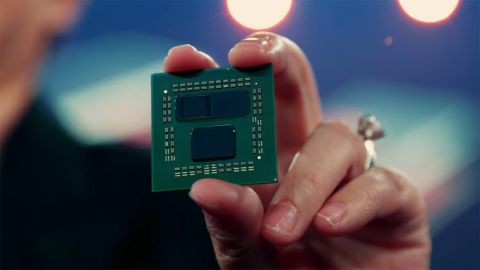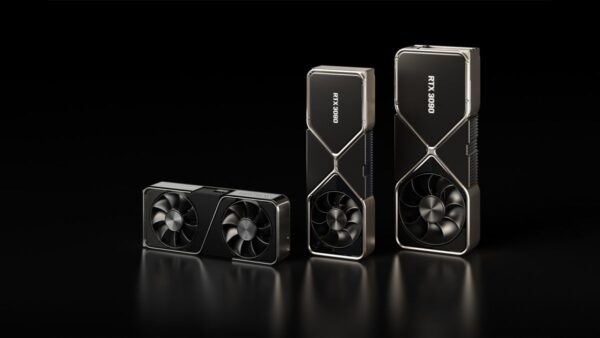AMD made some news last night during the Keynote Computex 2021 address when AMD CEO Dr. Lisa SU exhibited the company’s new 3D 3D chiplet technology, which was developed in partnership with TSMC.
The length and short is that instead of spreading to wider deaths, CPU components such as logic units and cache memory are stacked on top of each other, utilizing vertical space rather than growing the total surface area of the chip in a flat wafer.
While this technology is mainly pioneered by TSMC, AMD is seen as the first chipmaker to use a new process by introducing new “L3 vertical cache” to the Ryzen series processor.
Without being too jammed in computer system architecture, cache memory is part of the processor that stores the most relevant data and program instructions for the processor at a certain time. The greater the cache, the more data can be stored there so the processor doesn’t have to take new data from RAM, which takes longer and slows down the performance.
According to SU, by stacking the 64MB SRAM knot to the CCD (part of the processor that contains a collection of processing core), AMD is able to fold three L3 cache available on a 16-core processor from a maximum of 64MB to 192MB.
These changes alone provide AMD prototypes, Ryzen 9 5900x processors use new Tech 3D V-cache, a performance increase of around 12% during the demonstration of war equipment 5. This kind of performance improvement is usually what you see between the generation of processors, so improve the performance of existing processors 12% only use the 3D chiplet design is quite impressive.
And while this technology has not yet entered the consumer processor, AMD said that it was “on track to start production on the upper-class computing products in the future with 3D chiplet at the end of this year.”
Amd vs Intel: Which chipmaker is better?
This is the best processor in 2021
We will show you how to build a pc
Is Chiplet 3D AMD future processor?
Without being too deep at Moore Law weed, the writing has been on the wall for the assumption that our computer will get more than a decade now. We can no longer rely on brute-force engineering from smaller and smaller transistors to make our computers getting stronger. We approach the physical limit of literal how small this transistor before individual silicon atoms began to become unreliable media for electric current.





